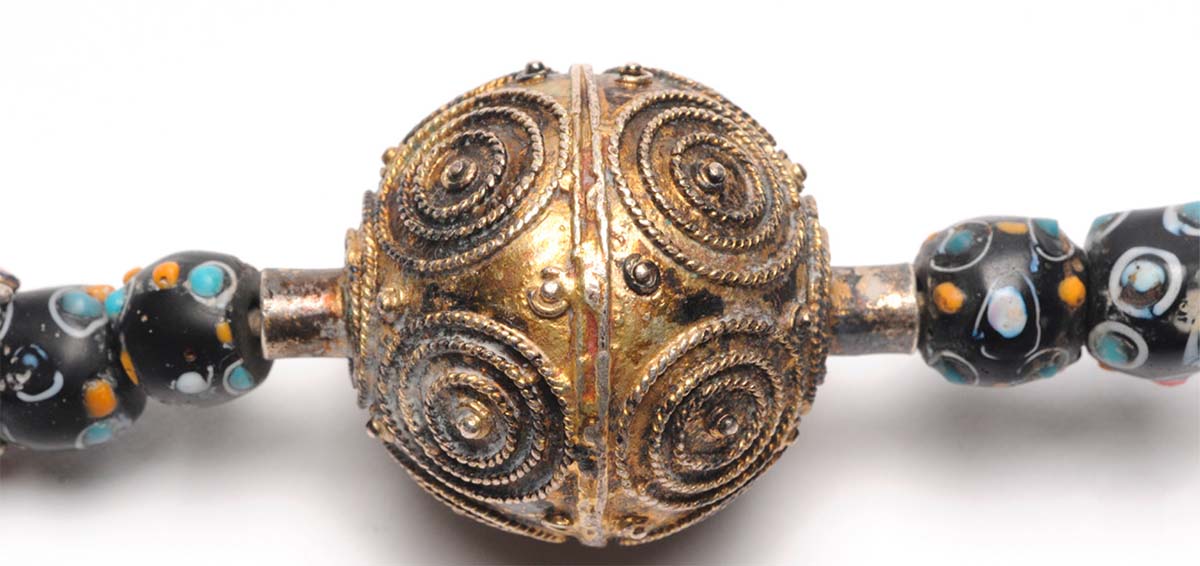Exposiciones
Escultura tímida
25 ene. — 5 may. 2024
Museo del Traje
— Madrid
Sede
Museo del Traje
Av. de Juan de Herrera, 2, 28040
Comisariado por
Concha Herranz y Helena Rohner
Coordinación
María del Mar Belver y Mariana Jiménez
Diseño de museografía
Marta Muñoz
Organiza
Museo del Traje
Colabora
Consentino
El Museo del Traje presenta la exposición Escultura tímida, un diálogo entre la joyería tradicional y la contemporánea.
Comisariada por Concha Herranz, conservadora de la colección de joyería del Museo del Traje, y la joyera Helena Rohner, esta exposición hace un recorrido por la mejor creación contemporánea española de los últimos 30 años, a través de la lectura común de aquellas raíces atávicas que la conectan con una tradición joyera cuyos significados e intenciones se hunden en el origen de los tiempos.
El diálogo que Herranz y Rohner establecen entre el conocimiento patrimonial que atesora el Museo y la experiencia activa del oficio joyero se sustenta sobre una idea preconcebida que se ha ido fortaleciendo según avanza la selección de artesanos y piezas: la continuidad en el tiempo de aquellos elementos que, de manera intencionada o intuitiva forman parte de un imaginario colectivo a explorar.
¿Qué puede tener en común un dije de principios del siglo XIX con un collar multifuncional de Joaquín Berao? A partir de preguntas como estas y tirando del hilo del significado que la joyería supone para el que la crea y para el que la porta, la exposición evita la cronología en la que fueron creadas las piezas para centrarse en su temática, su capacidad como símbolo, el uso para el que fueron concebidas y el diálogo personal y colectivo que generan.
The Museo del Traje presents the exhibition Escultura tímida (Shy Sculpture), a dialogue between traditional and contemporary jewellery.
Curated by Concha Herranz, curator of the jewellery collection of the Museo del Traje, and the jeweller Helena Rohner, this exhibition takes a look at the best contemporary Spanish creation of the last 30 years through the common reading of those atavistic roots that connect it with a jewellery tradition whose meanings and intentions go back to the origin of time.
The dialogue that Herranz and Rohner establish between the patrimonial knowledge of the Museum and the active experience of the jeweller’s trade is based on a preconceived idea that has been strengthened as the selection of artisans and pieces: the continuity over time of those elements which, intentionally or intuitively, form part of a collective imaginary to be explored.
What can an early 19th century pendant have in common with a multifunctional necklace by Joaquín Berao? Based on questions such as these, and pulling on the thread of the meaning that jewellery has for those who create it and for those who wear it, the exhibition avoids the chronology in which the pieces were created in order to focus on their subject matter, their capacity as a symbol, the use for which they were conceived and the and the personal and collective dialogue they generate.


